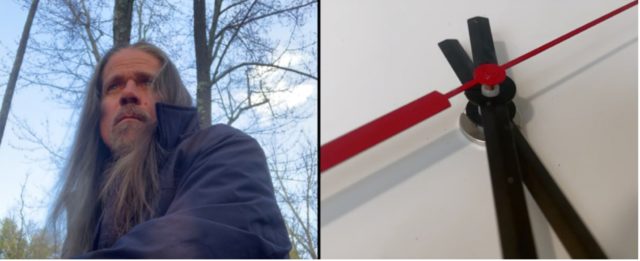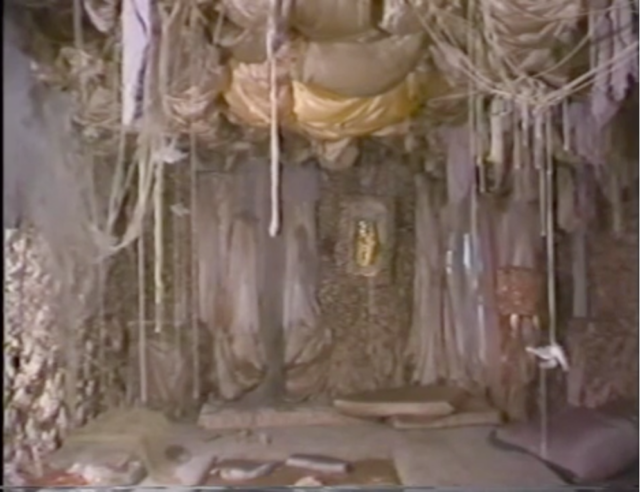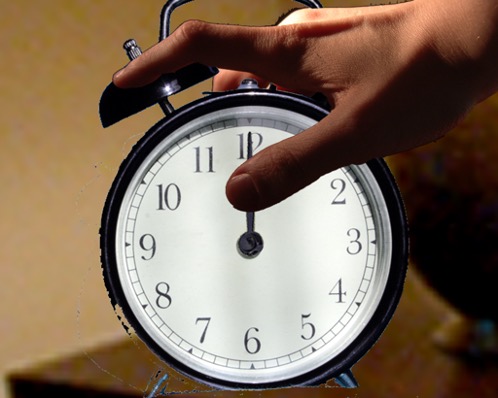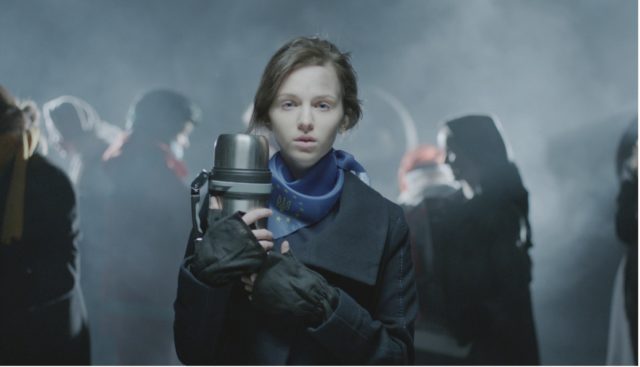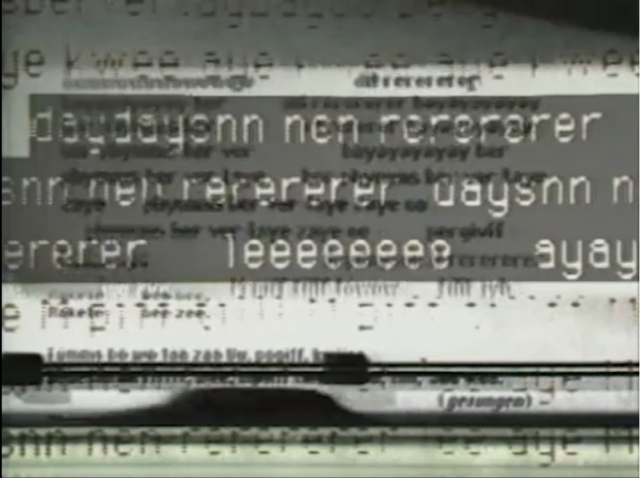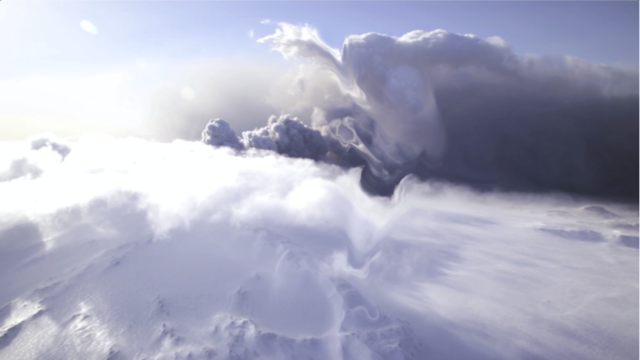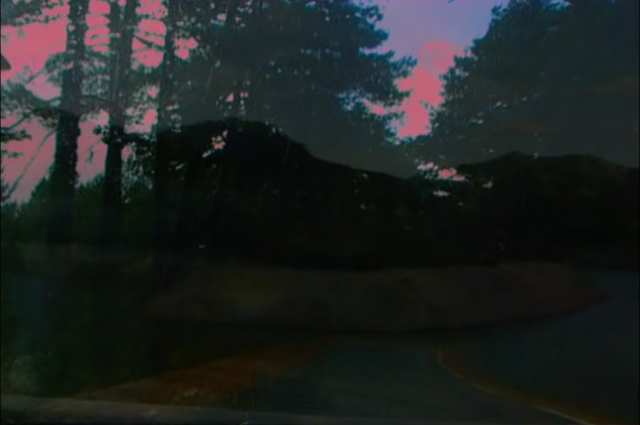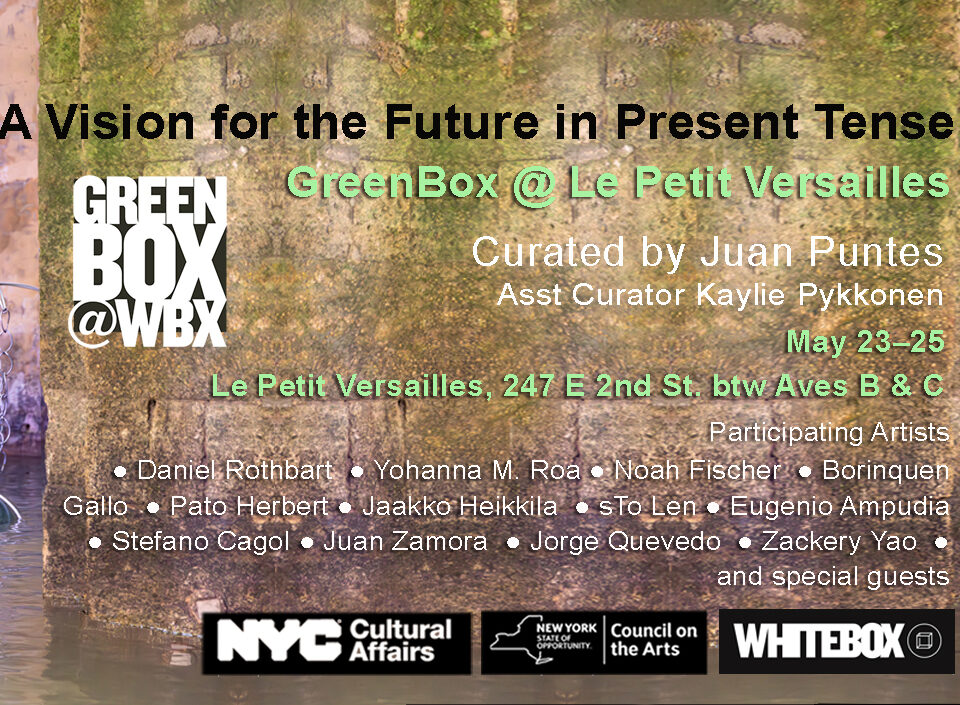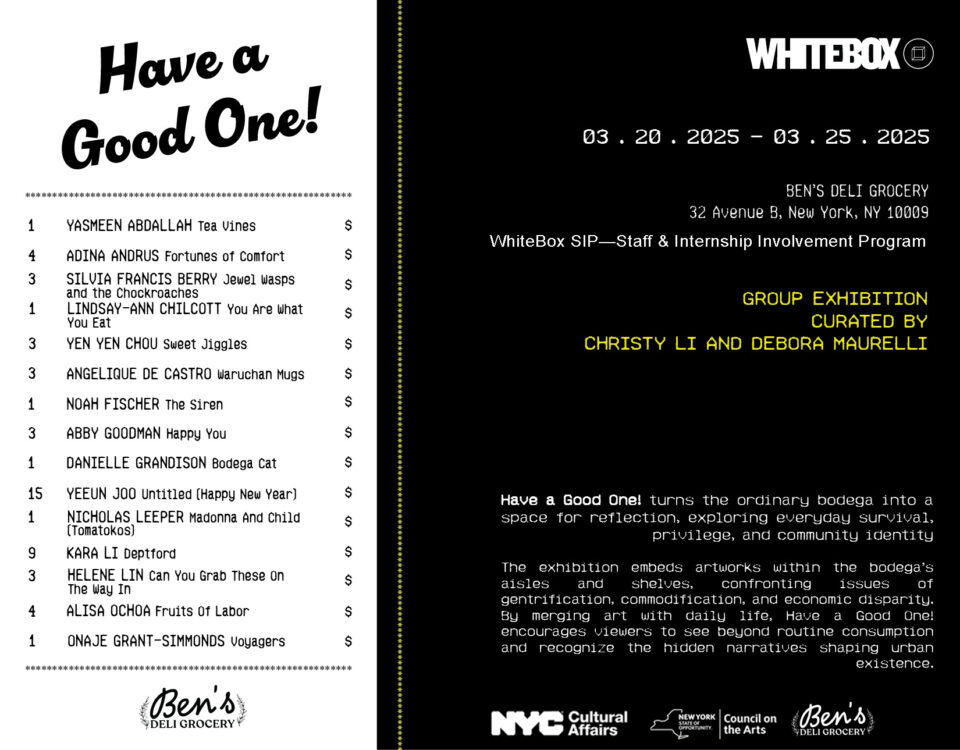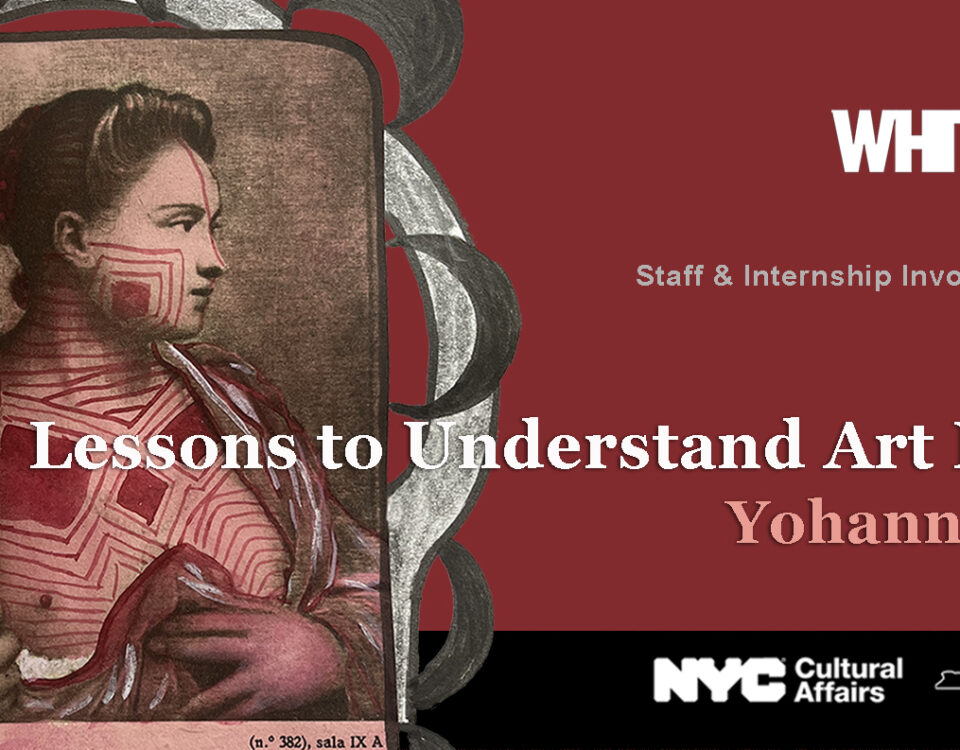
PREACHING TO THE CHOIR AN INCONVENIENT TRUTH
September 9, 2021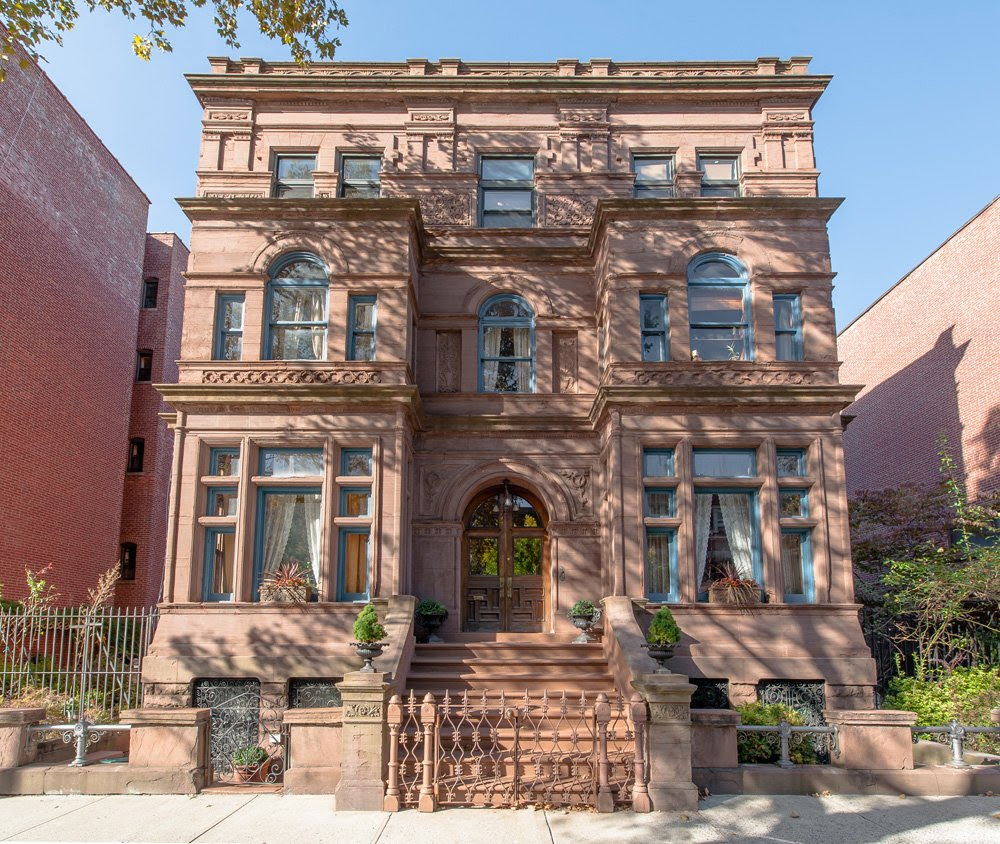
WHITE NOISE V
October 9, 2021Presented by WhiteBox OUT OF THE BOX Projects in DUMBO
Curated by Kyoko Sato and Juan Puntes
October 7, 2021 @ Dusk-10PM
Anchorage Pl. and Pearl St., Dumbo
Watch our Facebook Livestream
Featuring:
Richard Humann
Colette Lumiere
David Maroto
Zinaida
Hans Breder
Christine Davis
Jonas Mekas
LIGHT YEAR is an ongoing monthly public art video exhibition series presented by John Ensor Parker, Leo Kuelbs Collection, and Glowing Bulbs in partnership with the DUMBO Improvement Districts and NYC Department of Transportation.
Dreams have been the subject of human analysis since antiquity. The ancient Greeks and Romans explored dreams through theatrical dramas; previously, ancient Egyptians theorized another life within The Book of the Dead. In 1899, the founder of psychoanalysis, Sigmund Freud (1956-1939) wrote in The Interpretation of Dreams “The dream is the liberation of the spirit from the pressure of external nature, a detachment of the soul from the fetters of matter.” Swiss psychiatrist Carl Jung (1875-1961) understood dreams as messages from the unconscious, writing in The Red Book, “Dreams are the guiding words of the soul. Why should I henceforth not love my dreams and not make their riddling images into objects of my daily consideration?” From ancient philosophers to pioneering psychiatrists of the 19th century, the realm of sleep is a limitless source of imagination and creation, if only we tap into it. In the screening exhibition DREAM ON…DREAM OF, we have the privilege to witness artists Richard Humann, Colette Lumiere, David Maroto, Zinaida, Hans Breder, Christine Davis, and Jonas Mekas tap into their variegated, diacritic dreamscapes.
This succinct group of visual artists comes from totally different backgrounds and contexts, each expressing via their singular lens, a unique approach to unveil their delicate sort of mysticism pervading the realm of their dreams. When the Stay At Home Order shut down New York City public life at the onset of the COVID-19 pandemic, neo-conceptual artist Richard Humann (b. 1961, American) decided to quarantine at his house in Woodstock, NY. Contrary to his home in Brooklyn, this quiet, dream-like environment exposed the music that surrounded him: silence. In the absence of city noise, Humann began listening to the natural sounds around him, in the same way that composer John Cage encouraged his audience to observe sound in the absence of instruments in his 1952 piece, “4’33””. Colette Lumière (b.1952, French-American) spent 10 years creating her masterpiece Living Environment, aninstallation of extreme femininity in which she sleeps and dreams, at once the creator and the created, the dreamer and the dream itself. An Italian photographer Gianfranco Mantegna (1939-2001) clearly stating about Collette in 1997, ”Dreams as another dimension of reality, revelations of the unknown, soothing peace, realization of impossible desires.” (The Essence of Olympia, Night Magazine, April 1997). Through comical A Dream_Teeth (2008, 3’57” minutes), David Maroto (b.1976, Spanish) describes psychological effects set by certain ‘atmospheres’; a man sits on the chair at the dentist, seeing bright light above, he will trance into an imaginary nightmare as if he is a victim of a nervous breakdown—pass fast imaginary page—in the streets of New York City at rush hour when electric flows is extreme. Zinaida (b.1975, Ukrainian) documented in a lyrical yet efficient manner, women who rescued protestors during the 2013-2014 pro-democracy movement in Kyiv, Ukraine, known as the “EuroMaidan Revolution,” or the “Revolution of Dignity.” Her video piece, “Mute” (2015, 4’34” minutes), contrasts the courageous heroines with the social ordeal of the time, instilling hope in the face of darkness. Hans Breder (1935-2017, German, American) dreamed of recreating the Kurt Schwitters’ poem Ursonate (written 1922-1932) by translating the original German phonetics into English as performed by an early 20th C. computer. “Ursonate”, a1986 segment lasting 2’35” minutes roop (original 30’ 00” minutes) is Breder’s Neo-DaDaistic experimenting with the extension of the nervous system morphed in phonetic poetry exploring pre-language and pre-consciousness’ arenas. Christine Davis (b. 1962, Canadian), offers us a vision of her divine dream in her work, “As if his throat opened into the void of stars,” (2010, 4’42” minutes) in which the shadow of a woman dances among towering clouds of ash, a reimagination of the sky above. Marked by apocalyptic serenity, the mystical and scientific, the work materializes dreams before our eyes. Jonas Mekas (1922-2019, Lithuanian-American), in “In The Woods” (2017, 4’39” minutes) offers the viewer a high speed countryside car ride pulsated by a Downtown Rock and Roll familiar anthem. A most singular hand held camera lens describes a bright afternoon through the windshield of a high speed car sliding through a sinuous highway showcasing views of green forests embedded in sharp Veronese blue skies, soon to turn electric fuchsia. The poetic rhythms of Mekas’ magical reading navigate us into a profound darkness opening for us an absolute blank window into his dream world. At the end of his monologue, “… I felt there was no more use for me to asking her to stop to turn back to have a better look at it so that I could preserve better in my memory …I felt it was already delayed” he wakes us up from stupor into a world devoid of color, piqued by a post thermonuclear black and white final reality, perhaps an ode to Malevich’s Square.
DREAM ON…DREAM OF offers a space to witness imagined dreamscapes in physical form. Allow yourself to fall into the rabbit hole with us; your dreams are just as real as you allow them to be!
Although based in Brooklyn, Richard Humann (b. 1961, American) has a house and property in Woodstock, New York. When the quarantine for the COVID-19 pandemic was announced in March of 2020, he chose to spend that time in Woodstock for the ability to be outside and walk the property at will. The inspiration for the short film came from the infamous composition 4’33” by the American composer John Cage. In it, the performer of the piece sits in front of a piano or other instrument and does absolutely nothing for four minutes and thirty-three seconds. Although many believe the work is about silence, it is actually about becoming acutely aware of the sounds that surround you. 4’33” premiered in 1952 at the Maverick Concert Hall in Woodstock—mere minutes from Richard’s property.
“Caged” (2020, 4’33” minutes)
Colette Lumiere (b.1952, French/ American) has worked for ten years on her living environment “transformation”. Using silks and satins, mirrors, concealed lighting, and cascading ropes. Colette has converted a nondescript space in New York’s Wall Street area into her own mystery theater in which she appears as a “Living Doll.” The video “Colette in Her Living Environment” (1976, 6’13” minutes.) was produced by Robert Polidiri.
David Maroto (b.1976, Spanish)
Through comical A Dream_Teeth (2008, 3’57” minutes), David Maroto (b.1976, Spanish) describes psychological effects set by certain ‘atmospheres’; a man sits on the chair at the dentist, seeing bright light above, he will trance into an imaginary nightmare as if he is a victim of a nervous breakdown—pass fast imaginary page—in the streets of New York City at rush hour when electric flows is extreme. (Above the man who sits in the ultra-barber-like chair of the dentist, all the lights of a big city swing, and he is like a victim of a nervous breakdown in a New York City street at rush hour, when the electric flow peaks.’ – Ramón Gómez de la Serna)
The participation of David Maroto in this project is possible thanks to the generous support of the Mondriaan Fund.
Zinaida (b.1975, Ukrainian) documented women who saved the lives of many protestors who came under hostile fire during the Maidan volunteer movement, a historic period surrounding the “EuroMaidan Revolution” also known as “Revolution of Dignity” which took place in Kyiv, Ukraine from November 2013 to February 2014. This video piece “Mute” (2015, 4’34”minutes) portrays heroins under ‘nightmare’ of wartime.
Hans Breder (1935-2017, German, American) dreamed of recreating the Kurt Schwitters’ poem Ursonate (written 1922-1932) by translating the original German phonetics into English as performed by an early 20th C. computer. “Ursonate”, a1986 segment lasting 20 seconds (original 20’ 00”) is Breder’s Neo-DaDaistic experimenting with the extension of the nervous system morphed in phonetic poetry exploring pre-language and pre-consciousness’ arenas.
“As if his throat opened into the void of stars” (2010, 4’42”minutes), produced by Christine Davis (b. 1962, Canadian) layers footage of volcanic eruption with pole dancing through a symbiotic digital interface.Along a path at once apocalyptic and serene, mystic and scientific, the work weaves a world where myth, daily news, distance and natural disaster are interconnected. Propelled by Ovid’s story of Erysichthon’s insatiable hunger (from which the title is derived) the project traces the predicament of a highly connected world environment where participation and alienation feel like the same thing.
Jonas Mekas (1922-2019, Lithuanian-American), in “In The Woods” (2017, 4’39” minutes) offers us the viewer a high speed country side car ride pulsated by a Downtown Rock and Roll familiar anthem. A most singular hand held camera lens describes a bright afternoon through the windshield of a high speed car sliding through a sinuous highway showcasing views of green forests embedded in sharp Veronese blue skies, soon to turn electric fuchsia, to the poetic rhythms of Mekas magical reading navigates us into a profound darkness opening for us an absolute dark window into his dream world. At the end of his monologue, “… I felt there was no more use for me to asking her to stop to turn back to have a better look at it so that I could preserve better in my memory …I felt it was already delayed” he wakes us up from stupor into a world devoid of color, piqued by a post thermonuclear black and white final reality, perhaps an ode to Malevich’s Square.
About the Curators:
Kyoko Sato is a Japanese independent curator based in New York City. Sato has curated numerous shows with socially relevant themes including “Fermented Souls”, celebrating the 50th anniversary of normalized ties between Japan and Korea (2015, Waterfall gallery, supported by the UN Foundation), a photography exhibition “Lessons from Recovery: the Great East Japan Earthquake of 2011” (2016, the Nippon Club NY, supported by Reconstruction Agency, the Permanent Mission of Japan to the US, Consulate General of Japan in New York and the Japan Foundation). She planned and materialized the exhibition “Ancient Queens and Goddesses: Treasures from the Metropolitan Museum of Art, New York” held at the Tokyo Metropolitan Museum and The Kobe City Museum, Japan in 2014. Soon after she organized a major historical exhibition, “EXODUS I, A Colossal World: Japanese Artists and New York, 1950s – Present” (2018) including 55 multifarious, significant artists ranging from Yayoi Kusama, Yoko Ono, Takashi Murakami to younger, emerging ex-pats. At present Sato is a US and Latin America consultant to tagboat.com, the largest online art gallery in Asia. She has been serving as an Ambassador and Juror at the Ronin-Globus Artist-in-Residence program since 2017.
WhiteBox, a New York-centric, international non-profit alternative art space, was founded by Juan Puntes with the support of a small group of artists, intellectual tinkerers, and curators in 1998 in the Chelsea art district of Manhattan. WhiteBox has ever since been dedicated to presenting a continuous stream of original in-house and guest-curated cross-disciplinary contemporary projects focusing on a wide variety of art practices encompassing fine art, new media, installation art, electronic music, sound and performance laboratories, including opera, and politically activist exhibitions. WhiteBox is known for its introduction of emerging artists from across the world to New York audiences. In its current East Harlem location, WhiteBox continues to develop and present new programming via established circles and local outreach in its project WhiteBox-Lab, comprised of Sound-Lounge, Performance-Lounge, Video-Lounge, and Literary-Lounge, designed to focus on exposure for artists working in new media, through exhibitions and live events, including performances, lectures, panel discussions, and readings. WhiteBox works continuously in conjunction with neighboring non-profits, schools, public institutions and grassroots organizations to promote art projects rooted in and relevant to the real world, particularly inclusive of and engaging the New York urban underserved communities.


